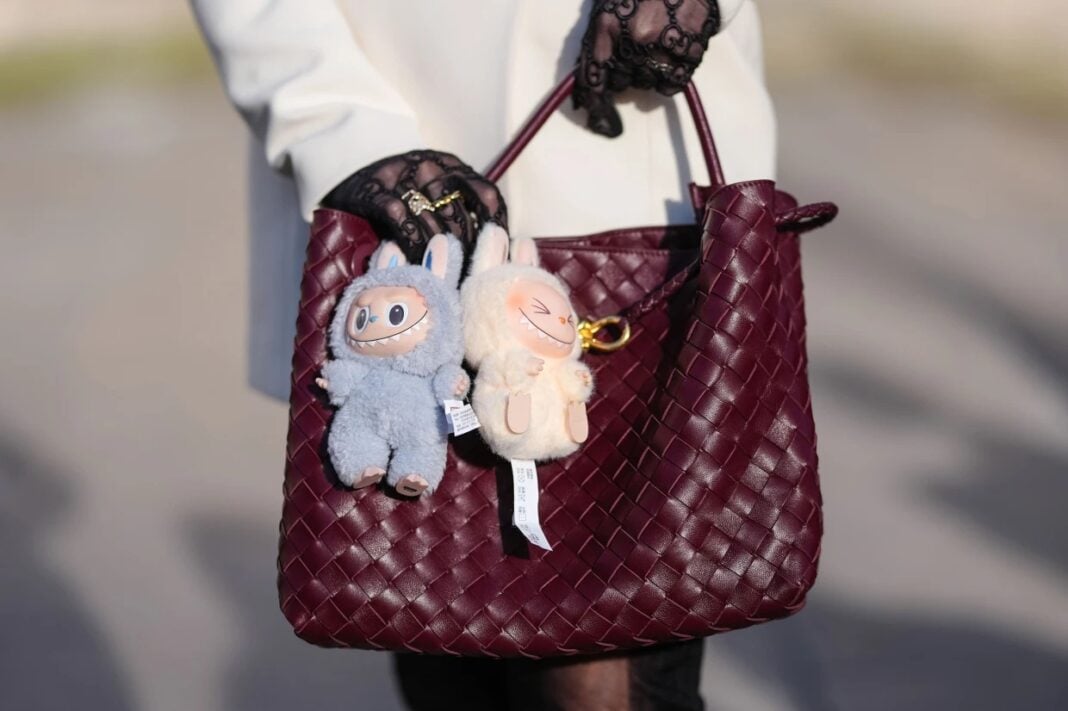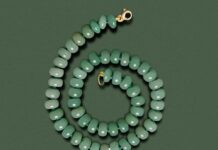From viral TikTok videos to luxury handbags, Labubu—an eccentric plush monster—has become 2025’s most unexpected style sensation. Once a niche collectible, it’s now a global cultural phenomenon.
Origins: From Illustrator’s Imagination to Global Phenomenon
Created by Hong Kong illustrator Kasing Lung in 2015 as part of his picture book series The Monsters, Labubu is a fuzzy, sharp-toothed creature with oversized ears and a playful grin. The character gained mass appeal when Chinese collectible powerhouse Pop Mart licensed it in 2019, launching it as collectible plush toys and blind-box vinyl figures. You can learn more about its rise through a detailed profile on the fashion world’s embrace of Labubu.
The Celebrity Effect
Celebrity sightings helped rocket Labubu into mainstream fame. BLACKPINK’s Lisa was among the first to showcase the charm, followed by Rihanna, Kim Kardashian, Dua Lipa, and David Beckham, who often accessorize luxury bags with Labubu, turning it into a coveted fashion statement. This growing trend is well documented in recent fashion and celebrity coverage and viral accessory reports.
Why Labubu Captivates
Labubu’s appeal lies in several factors:
-
Its distinctive “ugly-cute” aesthetic resonates with younger generations seeking authenticity.
-
The excitement is generated by limited-edition blind-box releases that drive collectibility.
-
The viral power of social media, where fans share unboxing videos and collections. You can explore the dynamics of this market in articles tracking the collectible’s soaring value and detailed trend explanations.
Skyrocketing Prices
While standard Labubu figures retail between $15 and $30, rare and oversized editions have fetched eye-popping sums. For example, a four-foot mint-green Labubu sold for $170,000 at auction, with some limited releases fetching more than $10,000 on resale sites. The booming secondary market and counterfeit issues are analyzed in market reports on the Labubu phenomenon.
Challenges and Controversies
-
The rapid surge in popularity has led to a flood of counterfeit Labubus—known as “Lafufus”—particularly in underground markets like New York’s Canal Street. Crackdowns by authorities aim to protect collectors and the brand, as outlined in recent investigative reports.
-
Long lines and sold-out releases at shops across Europe—from Barcelona to Berlin—highlight the international enthusiasm. More about this phenomenon is covered in the European market coverage.
-
Public opinion is mixed, with some embracing the playful spirit, while others see it as unsettling or overpriced. The controversial act of burning a Labubu doll amid superstition fears drew attention, as discussed in cultural commentary.
What Labubu Reveals About Modern Culture
Labubu’s meteoric rise reflects a blend of nostalgia, exclusivity, and viral digital culture. What began as a quirky children’s character has evolved into a contemporary symbol of identity, mixing whimsy with luxury and hype.
| Photo source: NBC News. Photo: Edward Berthelot/Getty Images






